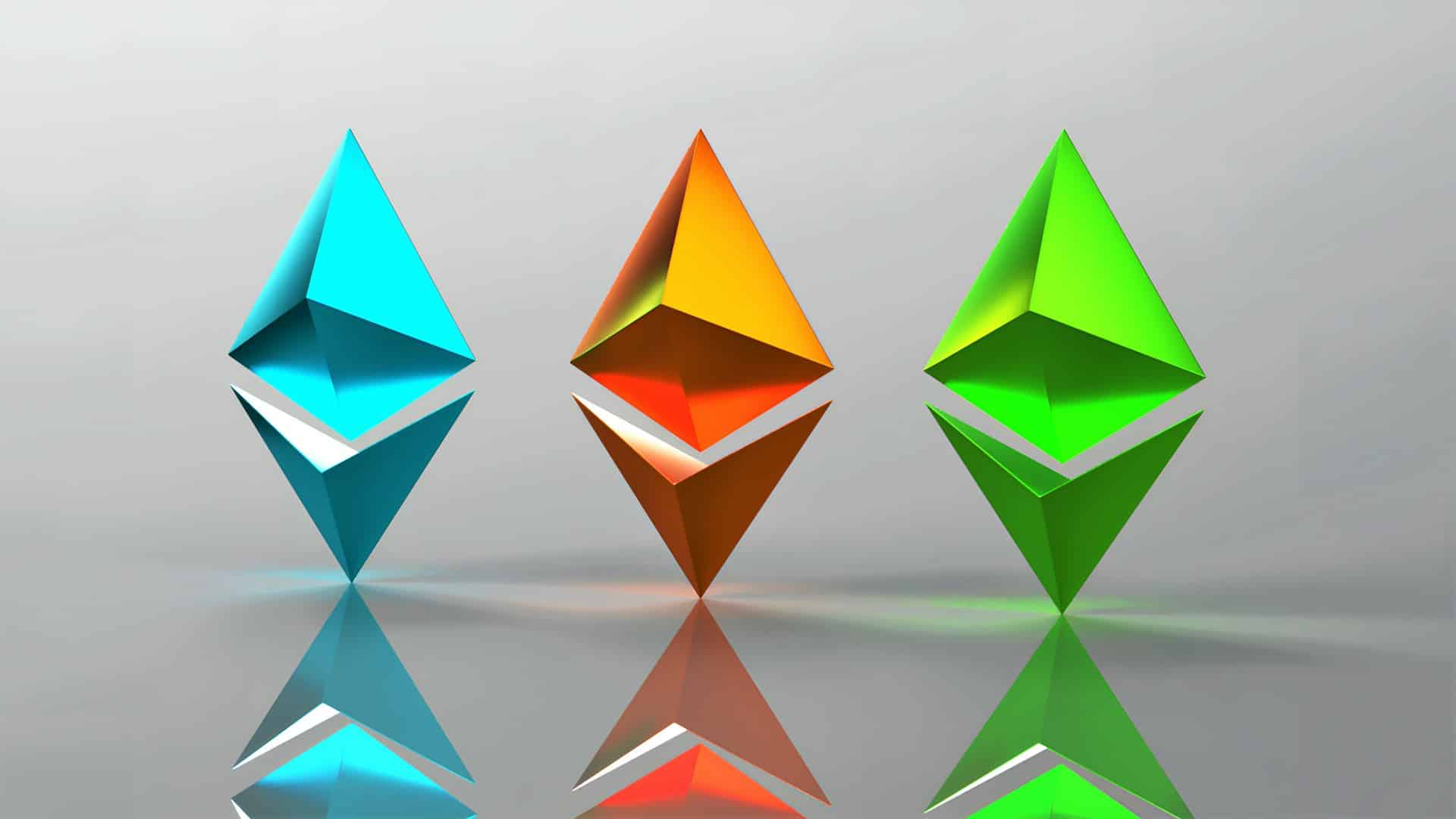Ethereum is home to a wide range of token standards that enable specific functionalities for crypto tokens. ERC-20 and ERC-721 are the two most popular token standards on the Ethereum blockchain. ERC-20 is the token standard for fungible tokens, while ERC-721 is the standard for non-fungible tokens (NFTs).
And now, a new experimental token standard has emerged called ERC-404. The token standard combines the elements of ERC-20 and ERC-721 tokens into one semi-fungible digital asset.
Read on to learn what the ERC-404 token standard is, how it works, and how it differs from ERC-20 and ERC-721.
What Is ERC-404?
The ERC-404 is an experimental token standard that merges the features of the ERC-20 and ERC-721 token standards to create a ‘semi-fungible’ token with the characteristics of both fungible and non-fungible tokens.
Pseudonymous creators “ctrl” and “Acme” on the Ethereum network created the unofficial token standard.
The ERC-404 standard allows developers to develop fractionalized NFT collections that can be freely used and openly traded in NFT marketplaces. Currently, unlike with fungible tokens, NFT holders cannot purchase fractions of a digital asset.
Although fractionalized NFTs exist, they primarily rely on an institution specializing in NFT fractionalization to lock the fractionalized NFTs in a crypto wallet and issue tokens depicting that non-fungible token. While these fractionalized NFTs are freely traded in the market, they may not precisely match the value of the locked NFTs.
And this is what the ERC-404 token standard aims to solve.
How Does ERC-404 Work?
The ERC-404 token standard enables the creation of semi-fungible tokens by utilizing token burning and token minting mechanics to allow for fractional NFT transfers.
The token standard links issued tokens to a non-fungible token. The associated NFT is minted to your wallet if you purchase a full token. If you opt to sell a fraction of the token, the linked NFT representing that fraction is burned.
Thus, the token standard makes it possible for multiple wallets to hold fractions of one NFT.
A new NFT is automatically minted if a wallet holding multiple fractions of a token buys enough to hold an entire token.
In short, if ERC-404 goes through the official Ethereum Improvement Proposal (EIP) process and is added to the Ethereum ecosystem, it will provide room for the native fractionalization of non-fungible tokens, which will make it possible to experiment with NFT use cases.
How Does ERC-404 Differ from ERC-20 and ERC-721
Let’s take a look at how the ERC-404 token standard differs from the ERC-20 and ERC-721 token standards in the table below.
| ERC-404 | ERC-20 | ERC-721 | |
| EIP | Lacks a formal EIP | Proposed and introduced through EIP-20 | Proposed and introduced through EIP-721 |
| Token standard | Semi-fungible token standard | Fungible token standard | Non-fungible token standard |
| Asset class represented | Represents fractionalized digital assets | Represents a specific type of fungible digital asset | Represents a class of unqiue digital assets |
| Tokens standard creators | “ctrl” and “Acme” | Fabian Vogelsteller | William Entriken, Dieter Shirley, Jacob Evans, and Nastassia Sachs |
| Token IDs | Not known | Lacks a token ID | Features a unique token ID for each asset |
| Status | Under development | Developed | Developed |
Who’s Already Using ERC-404?
The ERC-404 token standard is experimental and hasn’t undergone the official EIP process. Still, developers are already using it when building their projects.
Below is a list of the three projects created using the ERC-404 token standard.
- Pandora: Pandora is a newly launched token. It’s the first project employing the ERC-404 token standard to launch. Pandora is made up of 10,000 PANDORA ERC-20 tokens and 10,000 linked ‘Replicant’ non-fungible tokens. A correlated Replicant NFT is minted to your wallet if you purchase a full PANDORA token.
- DeFrogs: DeFrogs offers 10,000 Pepe the Frog-based NFTs and is considered the first ERC-404 picture-for-profile (PFP) NFT collection.
- Monkees: Monkees is also a PFP collection utilizing the ERC-404 token standard. It comprises 100 NFTs that have six traits and ten attributes.
The Takeaway
While the ERC-404 token standard continues to show the adaptability of the Ethereum blockchain, it’s important to remember that the standard is only experimental and not official. It has yet to be submitted for review as an EIP and hasn’t undergone the required external audit.
As such, although already being utilized, the token standard could have some unknown flaws, which introduces a risk to token holders. Additionally, as an unofficial token standard, major NFT marketplaces and platforms currently don’t support it.
While there’s no denying that the ERC-404 token standard opens up new use cases for NFTs on Ethereum, it remains to be seen whether its developers will successfully propose and get the approval needed for it to become part of the Ethereum ecosystem.




